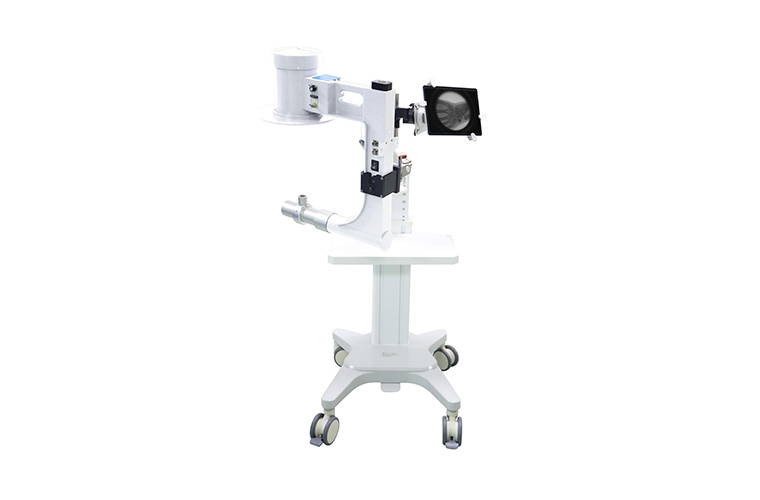Technological Origins and Development
The ability to peer inside a living body transformed human medicine, and veterinary practice was no exception. While traditional fixed X-ray systems became staples in clinics, the need for imaging large, immobile, or distressed animals where they are drove the development of portable veterinary X-ray systems. Their origins lie in adapting early, cumbersome portable human units, but significant miniaturization, power efficiency improvements, and crucially, the transition from film to Computed Radiography (CR) and then Digital Radiography (DR) panels revolutionized the field. The introduction of lightweight, battery-powered generators coupled with durable, highly sensitive digital detectors in the late 1990s and early 2000s truly unlocked portability. Modern systems are remarkably compact, often featuring wireless DR panels, enabling true point-of-care imaging.
Clinical Applications and Advantages
The clinical impact of portable veterinary X-ray is profound.
- Its core advantage is mobility: imaging occurs stall-side, barn-side, in the field, or even in the comfort of a pet’s home. This drastically reduces stress for patients, especially large animals like horses or fearful pets, eliminating risky transportation or complex sedation.
- It significantly improves workflow efficiency——a fractured leg on a cow or a respiratory emergency in a critical canine can be diagnosed immediately. Portability enables essential imaging in emergency situations (trauma, colic) and during surgical procedures (confirmation of implant placement, locating foreign bodies).
- For practitioners, the instant digital images allow for rapid assessment, better client communication by showing results on-site, and efficient sharing with specialists for consultations.
- The reduced need for heavy shielding in multiple rooms (compared to fixed units) also offers cost and space savings for clinics.


Future Directions
The future of portable veterinary X-ray is bright and interconnected. Enhanced integration with practice management software and cloud storage for seamless access to patient records and images is key. Artificial Intelligence (AI) is poised to play a significant role, offering automated preliminary analysis (e.g., fracture detection, lung pattern recognition) to augment the veterinarian’s diagnosis, especially valuable in field conditions. We can expect continued improvements in image quality and detector durability alongside longer battery life and potentially lighter, even more ergonomic designs. Connectivity will advance, enabling real-time remote specialist viewing during procedures.
Challenges and Industry Trends
- Initial investment costs for high-quality DR systems can be significant, though long-term savings on film/chemicals and efficiency gains offset this.
- Ensuring consistent radiation safety for personnel in diverse, often uncontrolled environments requires rigorous protocols, training, and appropriate personal protective equipment (PPE).
- Image quality optimization can be trickier in suboptimal lighting or with uncooperative patients compared to a controlled radiology room. Furthermore, navigating complex and varying regulatory requirements across different regions adds an administrative layer.
Industry trends clearly indicate robust growth. The rising demand for advanced pet care, including from mobile veterinary services and specialty practices, is a major driver. Increased adoption in large animal and equine medicine continues, while even small animal clinics appreciate the flexibility for critical care, dentistry, and exotics. Technological convergence, blending portability with advanced capabilities like fluoroscopy or higher power for challenging anatomies, is emerging. The focus is also shifting towards user-friendly interfaces and comprehensive training solutions to maximize the technology’s potential and ensure safety.
Conclusion
Portable veterinary X-ray technology is far more than just a convenient alternative to fixed systems; it’s a transformative tool that redefines the point of care. By bringing diagnostic imaging directly to the patient ——whether in a stable, a pasture, an exam room, or an emergency site ——it enhances animal welfare, improves diagnostic speed and accuracy, streamlines workflows, and expands the capabilities of veterinary professionals in diverse settings. As technology continues to evolve, becoming smarter, more connected, and more accessible, portable X-ray will remain at the forefront of delivering advanced, compassionate, and efficient veterinary medicine, ensuring better outcomes for animals wherever they may be.
